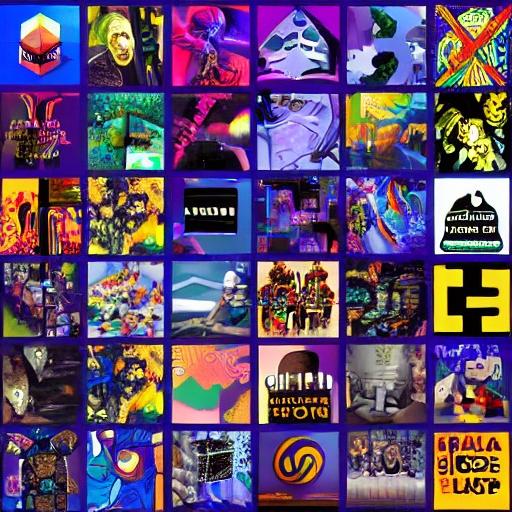NFTs, or non-fungible tokens, have taken the digital world by storm, revolutionizing the way we perceive and trade digital assets. But where did this groundbreaking concept begin?
The origins of NFTs can be traced back to the early 2010s when a group of technology enthusiasts and developers started exploring the potential of blockchain technology – the underlying technology behind cryptocurrencies like Bitcoin. Blockchain offered a decentralized and transparent ledger that could securely record digital transactions. This innovation paved the way for the creation of NFTs.

One of the earliest use cases of NFTs emerged in 2012 with the development of Colored Coins on the Bitcoin blockchain. Colored Coins allowed users to create and trade digital tokens that represented ownership of real-world assets such as art, stocks, and even real estate. However, the concept faced limitations due to scalability concerns and the lack of dedicated platforms to support NFT trading.
In 2015, a major breakthrough occurred with the launch of Ethereum, a blockchain platform capable of executing smart contracts. Smart contracts are self-executing agreements with the terms of the agreement directly written into code. This breakthrough opened up new possibilities for the creation and trading of NFTs.
In 2017, Ethereum-based platform CryptoKitties emerged as the first widely recognized application of NFTs. CryptoKitties allowed users to purchase, breed, and trade virtual cats, each represented as a unique, collectible NFT. This game became incredibly popular and congested the Ethereum network, highlighting the need for scalable blockchain solutions to support the growing NFT market.
As the demand for NFTs continued to rise, dedicated platforms started to emerge. In 2020, NBA Top Shot gained massive popularity, allowing fans to buy, sell, and trade officially licensed NBA digital collectibles. This marked a significant milestone for NFTs as it attracted attention from mainstream industries and brought NFTs to the forefront of popular culture.
The true explosion of NFTs occurred in 2021 when notable artists, musicians, and celebrities began embracing the technology to tokenize and sell their creations directly to collectors. This presented a paradigm shift in the art world, allowing artists to retain control over their work, receive royalties on secondary sales, and connect with a global audience like never before.
In just a few short years, NFTs have evolved from an experimental concept to a multi-billion dollar industry. Today, NFTs are used for a wide range of digital assets, including digital art, music, virtual real estate, virtual goods in gaming, domain names, and more. They have opened up a new era of digital ownership and have the potential to revolutionize various industries beyond the digital realm.
